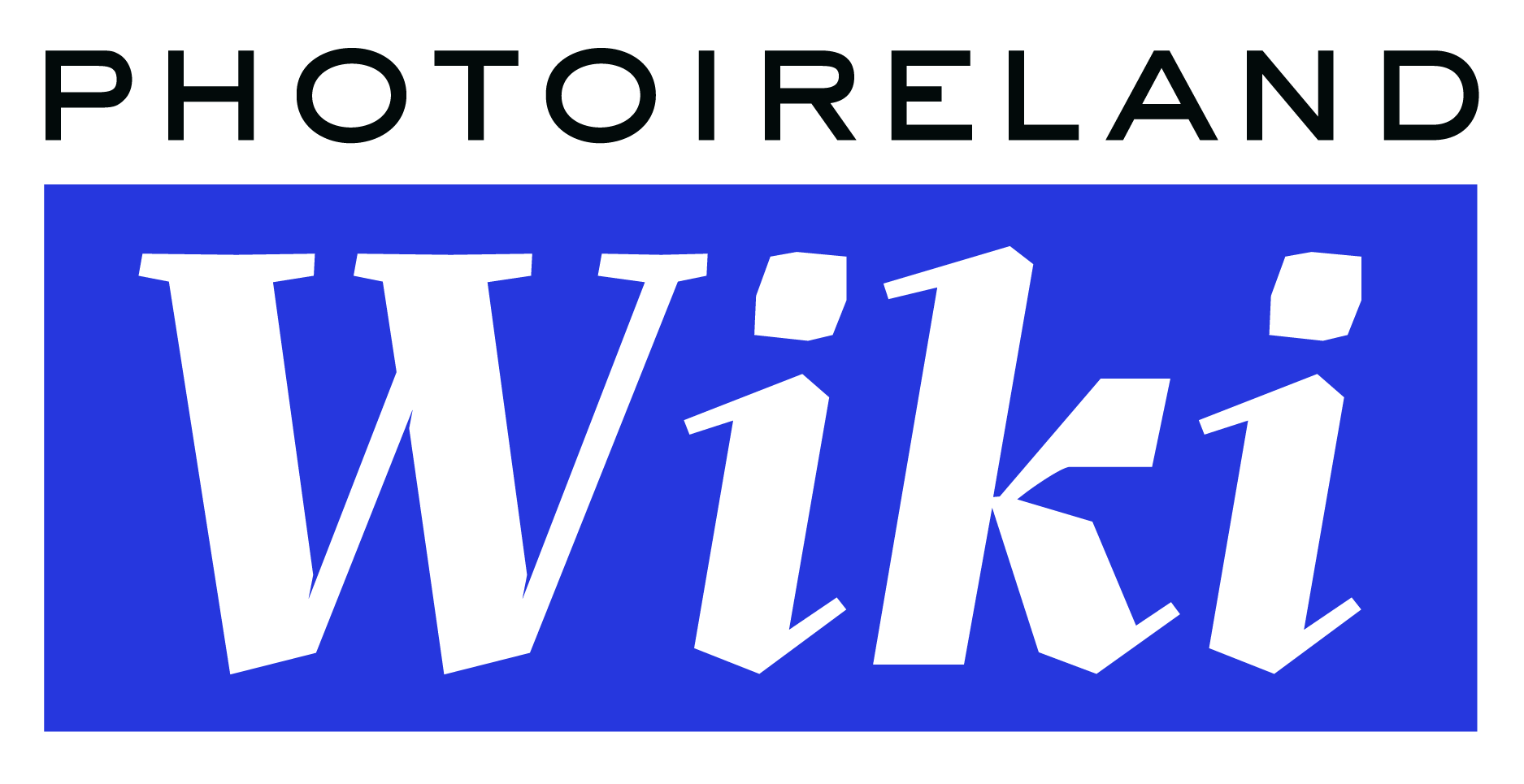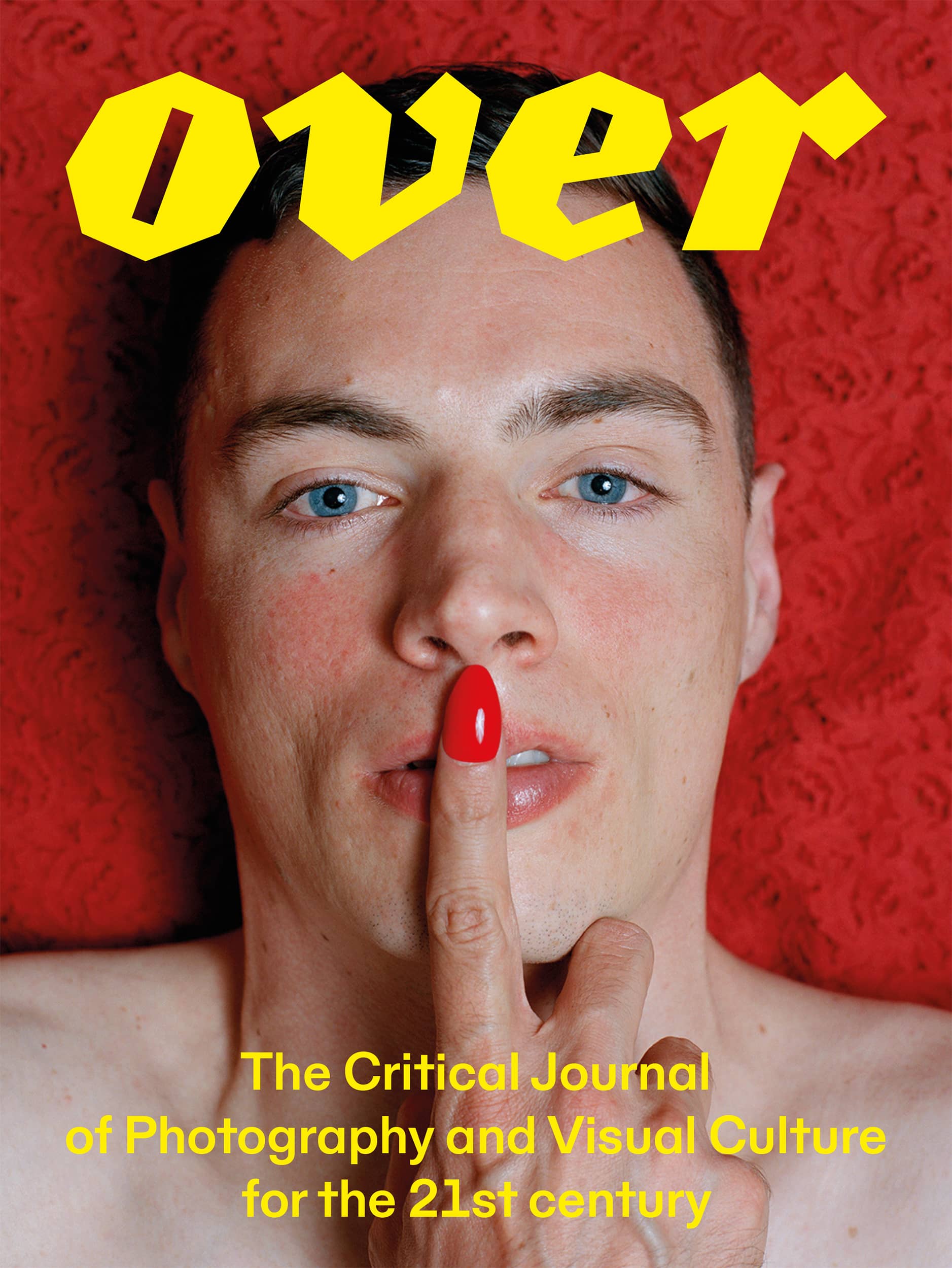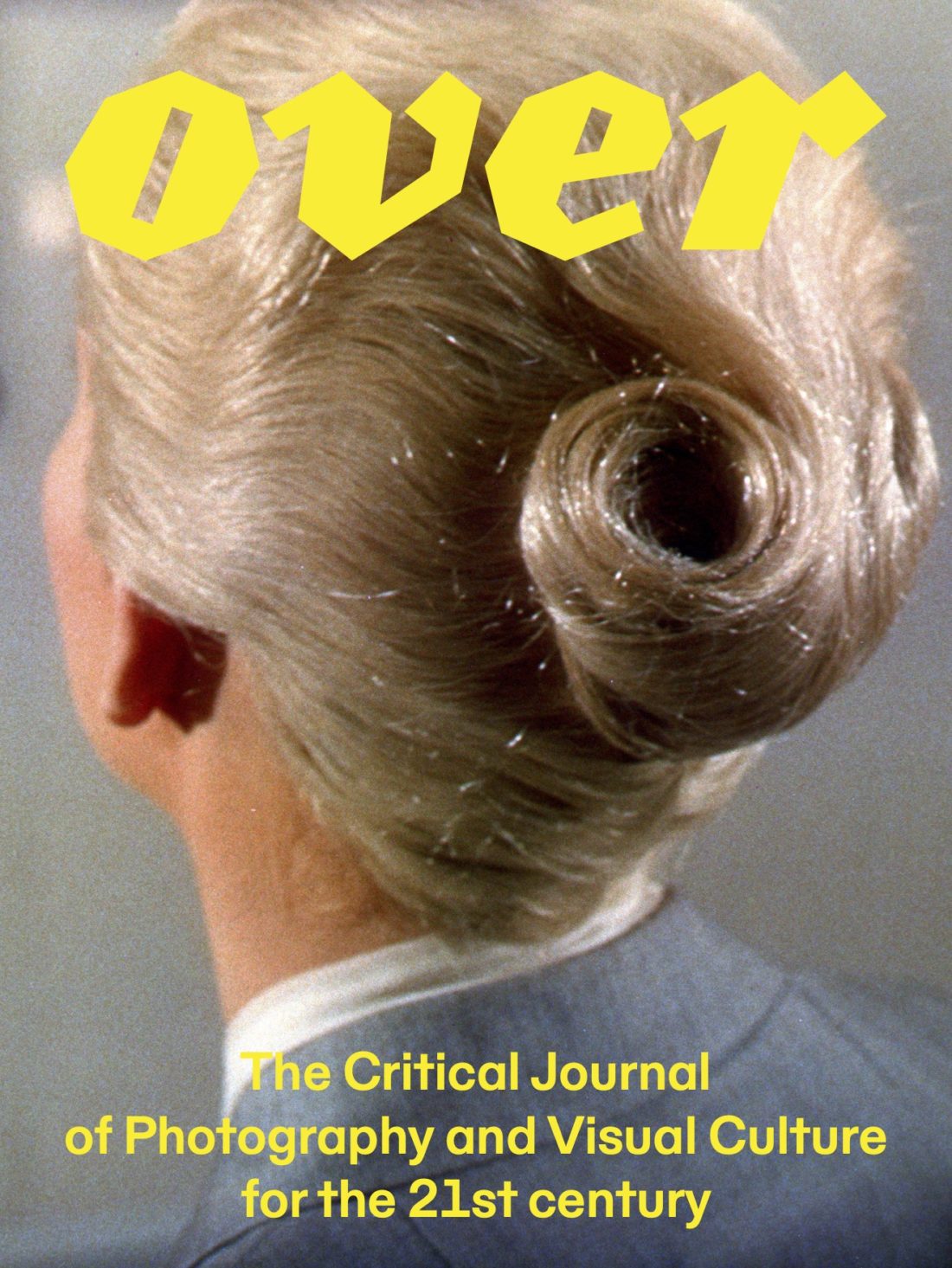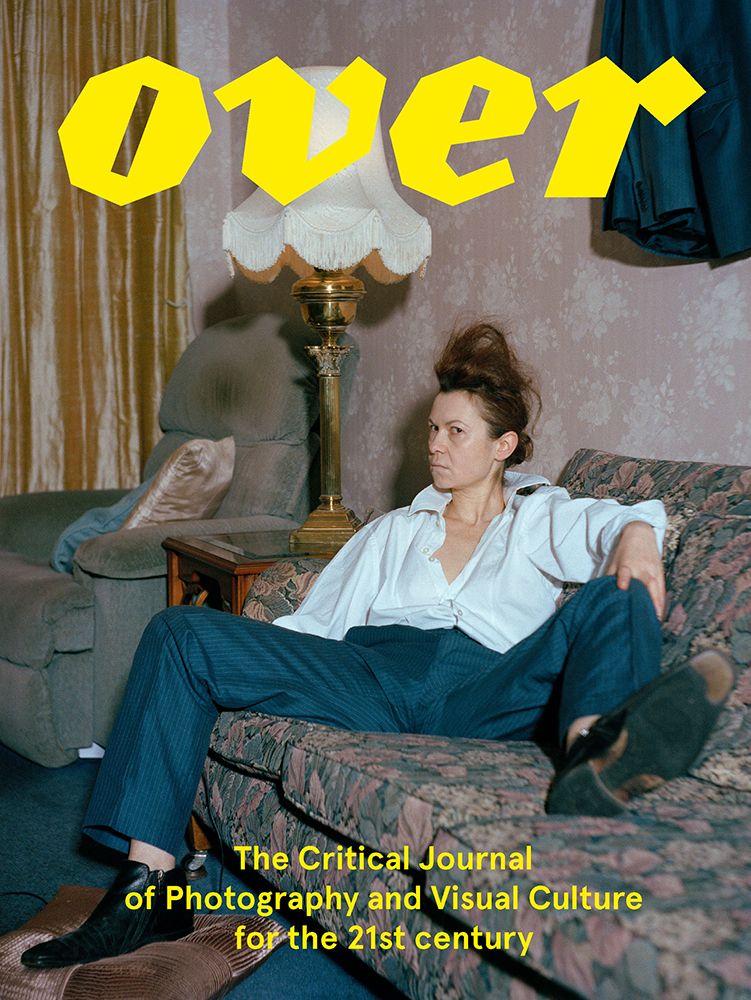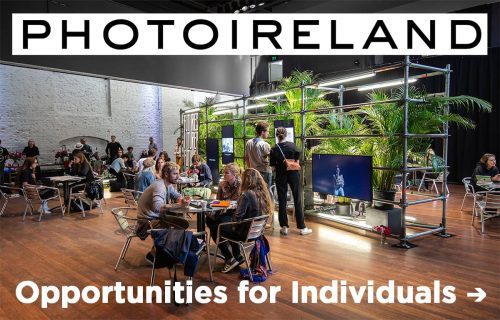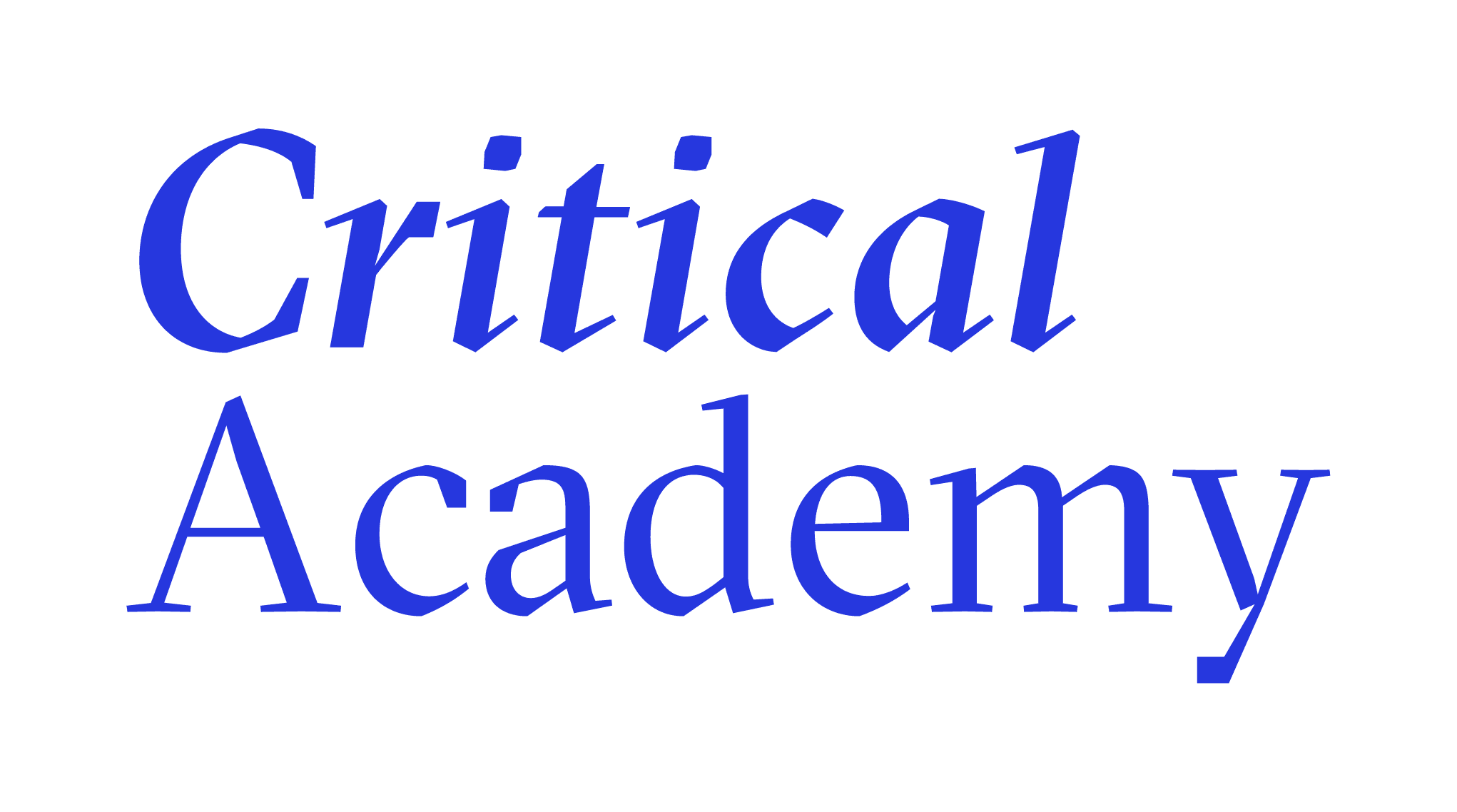
Completed in 1862 as a Model School, The Model is now a visitor centre that boasts a restaurant and coffee shop, a bookshop, a gallery circuit, a purpose-built performance space, and a suite of artist studios on the top floor, with enviable views of Sligo Town and County.1
History
Completed in 1862 as a Model School, the present building has undergone two extensive redevelopments. The first was in 2000 when the building was completely refurbished and extended by McCullough Mulvin Architects. The centre was redeveloped for a second time by architects Sheridan Woods between 2008-2010. The Model is now a world-class visitor centre that boasts a restaurant and coffee shop, a bookshop, a wonderful gallery circuit, a purpose-built performance space, and a suite of impressive artist studios on the top floor, with enviable views of Sligo Town and County.
This award-winning building is home to one of the most notable public art collections in Ireland, which features one of the largest public holdings of work by Jack Butler Yeats in existence. The Niland Collection also features a broad range of both traditional and contemporary works by artists including Norah McGuinness, Dorothy Cross, Alice Maher, Clodagh Emoe, Eamon O’Kane, Sean McSweeney, Estella Solomons, and Paul Henry amongst many others.
The Model’s acclaimed contemporary art programme features several major exhibitions of noted national and international contemporary artists each year. Most recently this has included solo presentations by Martin Creed, Peter Wächtler and Joana Hadjithomas & Khalil Joreige (2018). The Model is known for experimental, urgent programming that critically tackles pressing contemporary issues such as the refugee crisis (Turbulence, 2018). Other thematic exhibitions reflect the way in which contemporary artists address philosophical questions that are pertinent to the lived experience (Psychic Lighthouse, 2015, Ghosts of Other Stories, 2016, Future Perfect, 2018). The Model develops projects in collaboration with artists, and is itself a site of artistic production, with new commissions, eight purpose-built studios and an artists’ residency programme.
The Model’s exhibitions programme has included solo shows by Gerard Byrne, Duncan Campbell, Nina Canell, Phil Collins, Dorothy Cross, Harun Farocki, Omer Fast, Patrick Hall, Susan Hiller, Ronnie Hughes, William Kentridge, Sean Lynch, Sean McSweeney, Elizabeth Price, Patti Smith, Peter Wächtler and Andy Warhol, amongst many others. The Model also hosts Irish and international artists, writers and musicians in its residency programme, recently including Yorgos Sapountzis, Nasan Tur, and Suzanne Walsh.
The Model has a vibrant music programme which includes an eclectic mix of the contemporary and classical. The Model regularly commissions new music projects that respond to other strands of our programme such as Lorcán MacMathuna The Táin, 2018; and Ensemble Eruí The Music has Come, 2014. We also work in partnership with outstanding local music curators such as Con Brio and The Sligo Baroque Orchestra.
The Model’s weekly series of Irish and international independent film is programmed in partnership with Sligo Film Society, one of Ireland’s most long established film clubs. At the same time, we present screening programmes alongside exhibitions, and projects curated either in-house or by invited artists.
Integral to all aspects of the Model’s programme is an extensive offering of educational opportunities for children and adults, including, in recent years, groundbreaking initiatives such as Sligo Global Kitchen, Touch the Sky (in partnership with RehabCare) and Bart Lodewijks’ Unforgettable Neighbourhoods.
The building which today houses the Model Arts and Niland Gallery has played many roles in the growth and development of Sligo, from its completion in 1863 to the present day. In many ways, No.22, The Mall, has reflected the changing nature of Sligo itself, from small market town to vibrant gateway city and cultural centre for the North West.
The original function of the building was to provide a venue for the new Model School and it was for this purpose that construction began in the 1850s. Architect, James H. Owen designed the building in an Italian-Romanesque style, with a central block and two wings. Perfectly sited, in an imposing south-facing position, the building stands fifteen feet above the roadway. The striking grandeur of the building was achieved by contrasting limestone blocks with pale Mount Charles sandstone ornamentation, and was further enhanced by the circular headed, deeply recessed windows. Internally the building provided residences for the teaching staff to the left-hand side, and bright and airy classrooms to the right. Local builders Keighron and sons executed the design, and the Model School opened its doors in 1863.
From the outset the Model School was a product of its time. The intention was that the school would provide a basic education for all denominations, working on the principle of combined secular, and separate religious instruction. However, Ireland of the 1860s was a deeply sectarian society, and Catholic bishops called on Roman Catholic families to boycott the new schools. Therefore, the Model School came to provide a predominantly Protestant education. A study of the roll at the end of 1888 shows that 296 boys were enrolled, this number comprised 163 Church of Ireland members, 34 Presbyterians, 83 other denominations, and 16 Roman Catholics. The average daily attendance was 158.
In the early years of the Free State, Church of Ireland children were joined by their Catholic counterparts. 1931 saw the allocation of two rooms to the Marist Brothers, and the foundation therein of St. Mary’s Catholic Boy’s School. Again the Model building reflected the nature of society around it, and the two schools did not always co-exist in peaceful harmony. On the contrary, reminiscences of past pupils inform us of a dividing wall in the playground, over which stones were cast with great intensity at break times. In 1972, the Marist Brothers amalgamated with St. John’s N.S., and in 1976 the Model School students moved across the Mall to the new Carbury National School. This was not quite the end of the building’s long association with primary school education as the Sligo School Project spent some years in the prefabricated buildings on the site during the 1990s.
The Model building always seems to have lent itself to the needs of the day, and has been used variously since the 1950s, to house offices for the Post Office, the Library, the Bovine Tuberculosis Eradication Scheme, the Department of Forestry and the Department of Agriculture. It was eventually left vacant in 1988 and remained so for two years.
The early 1990s saw the gradual emergence of a more affluent Ireland, and with it an increased interest in, and appreciation for the arts. It was not long before a growing community of artists and art patrons, saw the huge potential of the Model building as a much-needed venue for arts related events in the northwest. A public meeting saw the formation of a committee dedicated to the use of the building as a venue for the arts, thus the Model Arts Centre was born. Years of service to the community had, however, taken their toll on the model building. Stories abound concerning piano legs crashing through floorboards mid-performance and other similar mishaps. However through the energy and dedication of the Model Arts Committee the centre gained a reputation as a valuable space for exhibitions, which heretofore would not have been shown outside Dublin. Over time the centre’s brief was expanded to incorporate other art forms, particularly the performance arts, music and literature. In the late 1990s a decision was taken to renovate the Model Arts Centre and to incorporate within it a permanent home for the Niland Art Collection.2
Exhibitions
Selected exhibitions
- 2015, Things Left Unsaid, Paul Seawright, Solo Exhibition
- 2007, Gerard Byrne, Solo Exhibition
-
2006, In A World Like This, Jaki Irvine, Solo Exhibition
- 2006, Drawings and Photographs, Patti Smith, Solo Exhibition
- 2003, Photography, Group Exhibition, Dara McGrath, Mary McIntyre, Liam O’Callaghan, Jim Vaughan
- 2002, Pin-hole photography, Peter Richards, Solo Exhibition
- 2001, The Garden, Group Exhibition
External links & References
- “The Model” Irish Museums https://irishmuseums.org/membership-directory/the-model-home-of-the-niland-collection
- “Title of page” Name of the Website https://www.themodel.ie/about-the-model/history-of-the-model/
